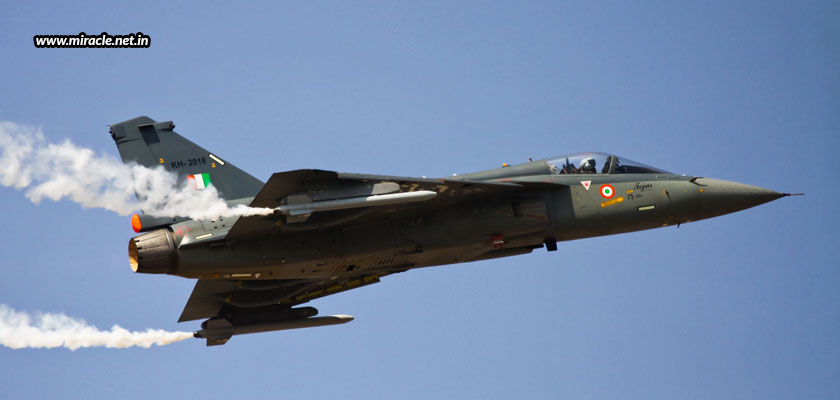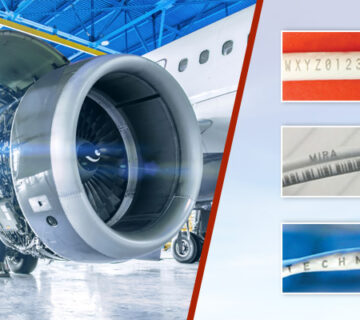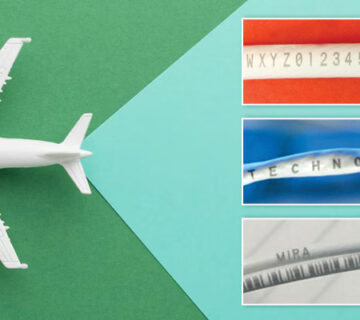The defence offset, an obligation by an international player to boost India’s domestic defence industry, if India is buying defence equipment from it, involves a very costly contract. That’s because the Government wants part of the money to either benefit the Indian industry, or to allow the country to gain in terms of technology. It is obligatory for the supplier to either reverse purchase, execute export orders, or invest in the local industry or R&D in the buyer’s domestic industry. This policy was adopted in the year 2005, with the first contract being signed in the year 2007. The idea behind this policy was that since we have been buying a lot of defence equipment from foreign countries, we can leverage our buying power by making them discharge offset obligations.
The goals stated in the year 2012
While the first offset contract was signed in the year 2007, it was only in the year 2012 that the Government stated the objective for defence offsets. It stated, “The key objective of the Defence Offset Policy is to leverage capital acquisitions to develop Indian defence industry by (i) fostering development of internationally competitive enterprises, (ii) augmenting capacity for Research, Design and Development related to defence products and services and (iii) encouraging development of synergistic sectors like civil aerospace, and internal security”.
The amendment in the year 2016
Until 2016, the foreign vendor was required to declare every detail right around the time of signing the contract. However, a new policy emerged in April 2016, which amended it to allow to provide the details either at the time of seeking offset credits, or one year prior to the discharge of offset obligations. Then, in the year 2020, further amendments were again made.
The amendment in the year 2020
Ever since the first policy, all defence procurements exceeding Rs. 300 crore have been entailed offset obligations of at least 30%, with the percentage being permitted to be increased or decreased by the Defence Acquisition Council. But now, as per the latest tweaks, government-to-government agreements, ab initio single vendor contracts, or inter-governmental agreements will now not have any offset clauses anymore. Nevertheless, all other international deals that are competitive, and have multiple vendors vying for it, will continue to have a 30% offset clause. This tweak came because vendors would load extra cost in the contract to balance the costs, and doing away with the offsets can bring down the costs in such contracts.
Which offset partner to choose?
As per the defence offset guidelines, foreign vendors are free to select any Indian company as their offset partner; and multiple foreign vendors have seen to be choosing Miracle Electronics as their offset partner. That’s because they’ve witnessed the various advantages that come with partnering with Miracle Electronics as their offset partner for Indian defense, such as the consistent R&D, proven industry capability, complete adherence to offset obligations, compliance with all requisite Indian regulations and contract requirements, and a lot more. Besides, Miracle Electronics is also equipped with all the necessary quality certifications like AS 9100D, ISO 13485:2016, ISO 9001:2015, conformity for CE marking, UL recognition for insulation system for transformers, UL recognition for wire harness and cable assemblies, CE compliance, RoHS compliance, and REACH compliance.




